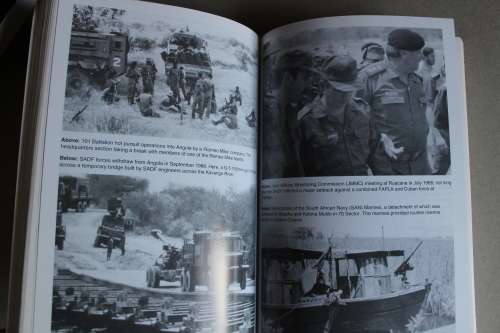



Continent Ablaze The Insurgency Wars in Africa 1960 to the Present - John W Turner
Check my rate
| Main centres: | 1-3 business days |
| Regional areas: | 3-4 business days |
| Remote areas: | 3-5 business days |




| Main centres: | 1-3 business days |
| Regional areas: | 3-4 business days |
| Remote areas: | 3-5 business days |
1998 paperback with 280 pages in good condition.
Warfare in modern Africa has in many ways become synonymous with the concepts of insurgency or 'low-intensity conflict.' The disturbances that accompanied independence, the struggles between surrogates during the Cold War, and the post-Cold War re-emergence of long-standing ethnic and regional disputes have all ensured that Africa continues to see decade after decade of insurgent conflict.
Insurgents have adapted one of two frameworks for their operations and tactics. Ironically, the best-known, that of Mao Zedong, was utilised the least. Its most ardent practitioner, the Angolan guerrilla leader Jonas Savimbi, finally failed when he violated the basic tenets. Elsewhere, however, the insurgents in Eritrea and Ethiopia adapted the concept to their needs and ousted one of Africa's most brutal dictatorships in 1991. This formula was also used by Robert Mugabe and ZANU against the Rhodesians in the 1970s.
The other model of insurgency is that based on the Soviet partisan forces operating behind Nazi lines in World War II Russia. This was the model used by the MPLA in Angola and FRELIMO in Mozambique, as well as by Joshua Nkomo's ZAPU. Its most persistent practitioners, however, were SWAPO and its armed wing, PLAN.

